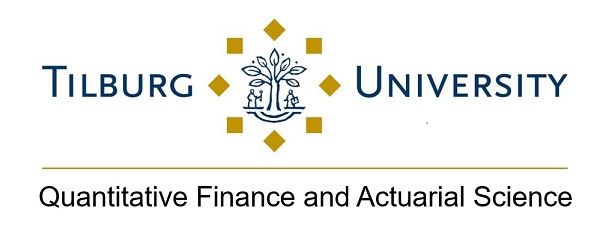1st speaker: Jan Wollmann, University of Duisburg-Essen
Title: Prices vs Quantity: Optimal Policy Design of The Market Stability Reserve
Abstract: In its current implementation, the market stability reserve (MSR) of the EU Emissions Trading System (EU ETS) defines a band from 400 to 833 million permits that should be in circulation every year. Once a year, if the current number of permits in circulation lies outside this band, permits are removed from or added to the MSR according to pre-specified rules that use the quantity of permits in circulation as a calculation basis. In light of planned EU ETS extensions to additional sectors, each with highly correlated firms within, the question arises whether a quantity-based trigger for the adjustment mechanism is still the preferred instrument of choice. The purpose of this paper is to analyse and compare the behaviour of different adjustment mechanisms, primarily quantity and price based, in the presence of uncertainty and non-trivial transaction costs. We consider a discrete time optimal control problem with cost functionals comparable to the ones used in Emissions trading systems with cap adjustments (2016) by Kollenberg and Taschini and Optimal Dynamic Regulation of Carbon Emissions Market: A Variational Approach (2021) by Aïd and Biagini. The commonly neglected trading friction is included as an individualised parameter and additional constraints on the solution space of the optimal control are imposed. We include random shocks to carbon emissions and certificate allocation and explicitly solve the model for small numbers of firms in order to analyse the reaction of the system to different supply adjustment mechanisms.
Keywords: EU ETS reform, Dynamic allocation, Policy design, Responsiveness, Transaction costs
2nd speaker: Alexander Blasberg, University of Duisburg-Essen
Title: Climate Risk and Credit Risk: Theory and Empirics
Abstract: Given the potentially severe financial consequences due to climate change, understanding how climate risks contribute to firms’ credit risk is essential. Building on a Merton-type model, we propose a new model that introduces a random growth adjustment factor in the firm value dynamics to reflect the depreciation due to climate risks. We also review the current state of the literature on how structural models of credit risk are employed to model the impact of climate risk on financial markets. Motivated by the theoretical models, we utilize the information contained in the spreads of Credit Default Swap (CDS) contracts to construct a market-implied, forward-looking carbon risk (CR) factor. We examine empirically how the scope and speed of economic transformation vary across jurisdictions, sectors, and over time. Explicit carbon emission pricing enables lenders to sharpen their assessments. The breadth of the regulation intensifies financial repercussions from carbon risk. The impact differs significantly across industries, indicating that the market identifies which sectors are better poised for a transition to a low-carbon economy. Lenders expect that adjustments in carbon regulations in Europe will cause relatively larger policy-related costs in the near future.
